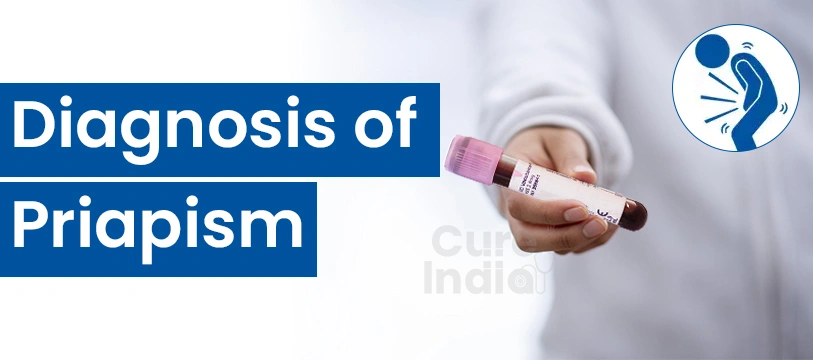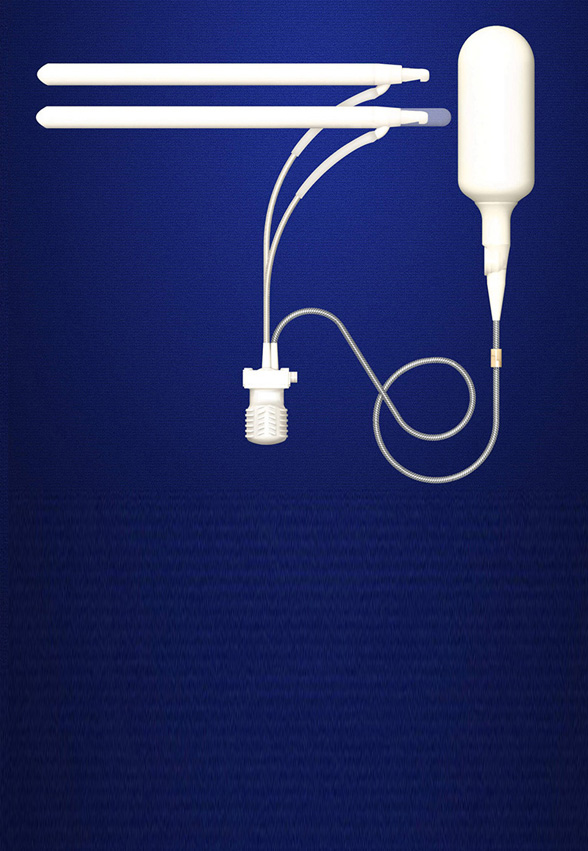

Priapism is a medical condition that is characterised by a prolonged erection that lasts for several hours and occurs without any sexual stimulation. In simple terms, it is an erection that does not subside on its own and can become painful over time. There are two main types of priapism, ischemic and non-ischemic. Ischemic priapism is the more common and serious form and is considered a medical emergency.
Although priapism is a rare condition, it is more commonly seen in patients with certain underlying disorders, such as sickle cell disease. Immediate medical treatment can help prevent permanent tissue damage and long-term complications, including erectile dysfunction. Priapism can occur in men of any age, but it most commonly affects men in their 30s. In patients with sickle cell disease, episodes of priapism can eveen begin during childhood or adolescence.
India is a leading country for priapism treatment for patients from Africa and other regions due to its advanced medical care and affordability. Indian hospitals offer specialised urology and emergency care services, and are equipped with modern diagnostic and interventional technologies that are required for the prompt management of priapism. Experienced urologists are well-versed in treating both ischemic and non-ischemic priapism, including cases related to sickle cell disease.
Treatment costs in India are significantly lower than in many Western countries, without compromising on quality or safety. Indian hospitals provide shorter waiting times, comprehensive international patient services, and english speaking doctors, making the treatment process accessible for international patients needing timely treatment.
Priapism refers to an extended or prolonged erection that is not stimulated by sexual arousal. Usually painful, it can continue for over four hours. It occurs when blood pools in your penis that is unable to drain. Treating priapism right away is necessary. It can result in irreversible damage if left untreated.
The types of priapism include:
A doctor may drain penile blood with a needle for priapism. This can put an end to forced erections and ease pain. Injecting medicine into your penis is another therapy option. The drug constricts penile vessels and enlarges supplying blood vessels. Elevated blood circulation may diminish an erection. For improved penile blood flow, consider priapism surgery if treatments fail.
High-flow priapism may resolve on its own; immediate treatment may not be necessary. A physician might examine you before recommending a course of action. Cold therapy and ice packs can treat uncontrollable erections. In some cases, doctors recommend surgery.
Talk to your doctor about Neo-Synephrine for recurrent priapism. They may prescribe medications or hormones to manage the condition. Address the underlying disease causing priapism to prevent recurrence.
The symptoms of priapism differ according to its nature. Ischemic and nonischemic priapism are the two primary forms of priapism:

The symptoms and indicators of ischemic priapism are:
Stuttering priapism, low flow or ischemic, may recur sporadically. Involuntary erections may only last a few minutes or a short period after symptoms start. These erections become more common and prolonged with time.
Signs and symptoms of non-ischemic priapism include:
The primary distinction between high-flow and low-flow priapism is that the latter does not involve pain.
Physical or physiological stimulation is the cause of a healthy penile erection. An erection happens by an increase in blood flow to the penis. The erection disappears when the stimulus stops because blood flow decreases.
There is an issue with blood flow to the penis when you have priapism. Medications, specific blood problems, and several other things can cause this.
A variety of illnesses can impact the penis's ability to pump blood in and out. Among these illnesses and disorders are:
A review from 2021 states that the most frequent cause of priapism is drug-induced priapism. Antipsychotic drugs are a major cause of priapism. They account for about half of drug-induced priapism cases.
Other prescription drugs that could influence penile blood flow include:
Other conditions that might result in priapism include:
Clitoral priapism symptoms resemble both low-flow and high-flow priapism. Diagnostic tests distinguish them. The precise nature and etiology of the ailment determine the therapeutic possibilities.
Symptoms and a genital exam can help doctors diagnose priapism. Performing the following tests can identify the type and cause of priapism:

When dealing with Priapism, prompt care is needed. India is home to a network of expert urologists and andrologists who specialise in diagnosing and treating priapism. Choosing a doctor with experience, compassion, and a deep understanding of both the physical and psychological implications can make a huge difference. Let's hear from some of our best doctors for priapism treatment in India:
Dr. Gautam Banga is an expert urology surgeon in India, specialising in conditions such as priapism, penile disorders and reconstructive & cosmetic urology. With over 19 years of surgical experience, Dr. Banga brings deep expertise in diagnosis, minimally invasive procedures, and reconstructive strategies that help manage both acute and recurrent priapism.

Dr. Rajesh Ahlawat is among India’s leading urologists, with over 40 years of experience treating complex urological disorders, including emergency conditions like priapism. Dr. Ahlawat offers patients comprehensive urological treatments, from prompt diagnosis to advanced surgical intervention when required. His deep understanding and experience in pelvic medicine and male sexual health make him one of the top doctors for urological procedures in India.

Dr. Anup Gulati is a leading urology surgeon in India for priapism management and surgery. He has around 20 years of experience and training in urology with hands‑on experience in handling urgent and elective interventions for priapism. Be it for ischaemic priapism that needs immediate decompression or recurrent episodes, Dr. Gulati ensures accurate diagnosis, prompt action, and the best treatment path.

Dr. Shalabh Agarwal specialises in male urological and sexual health in India, especially for disorders like priapism. Drawing on his experience of over 18 years, he offers comprehensive treatment evaluation and management from emergency care to reconstructive or corrective procedures when needed.

The main goals of priapism treatment are ending the erection and preventing ED. Choices consist of:
The cost for priapism surgery in India depends on the hospital and type of procedure, costing around $1,500 to $2,000 on average. The cost includes anesthesia, transportation, doctor fees pre and post op charges.
| Treatment Name | Cost in India | Stay in India |
|---|---|---|
| Priapism surgery in India | $1,500 - $2,000 | 1-2 Days |


Suffering from Erectile Dysfunction
Open up and get treated
Semi Rigid and Inflatable Penile Implants
Get back the Erection
Insecure about your size
Get Penile Augmentation